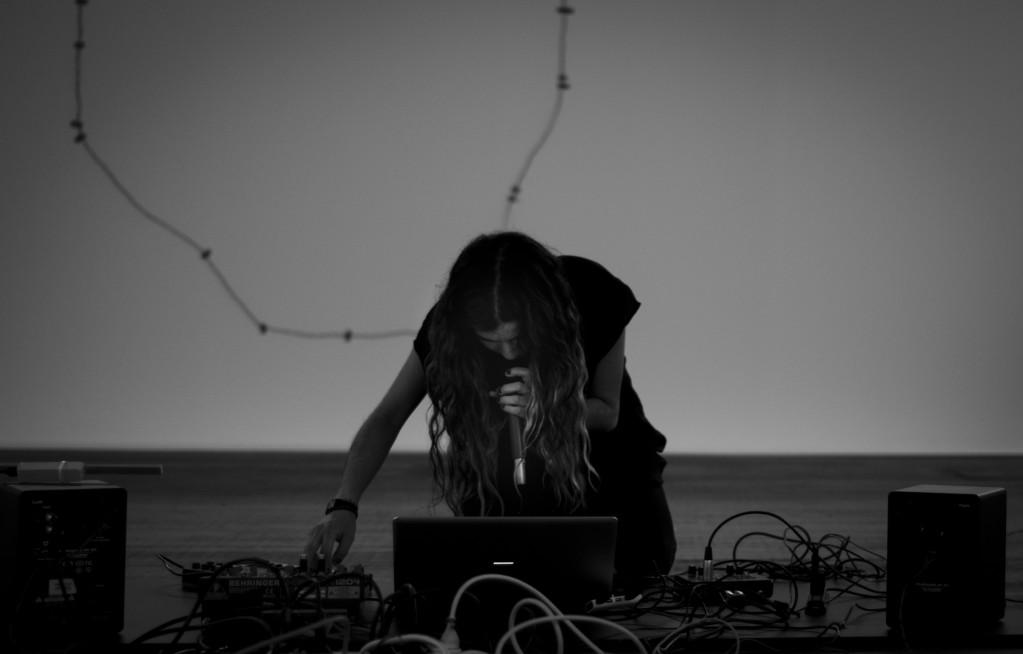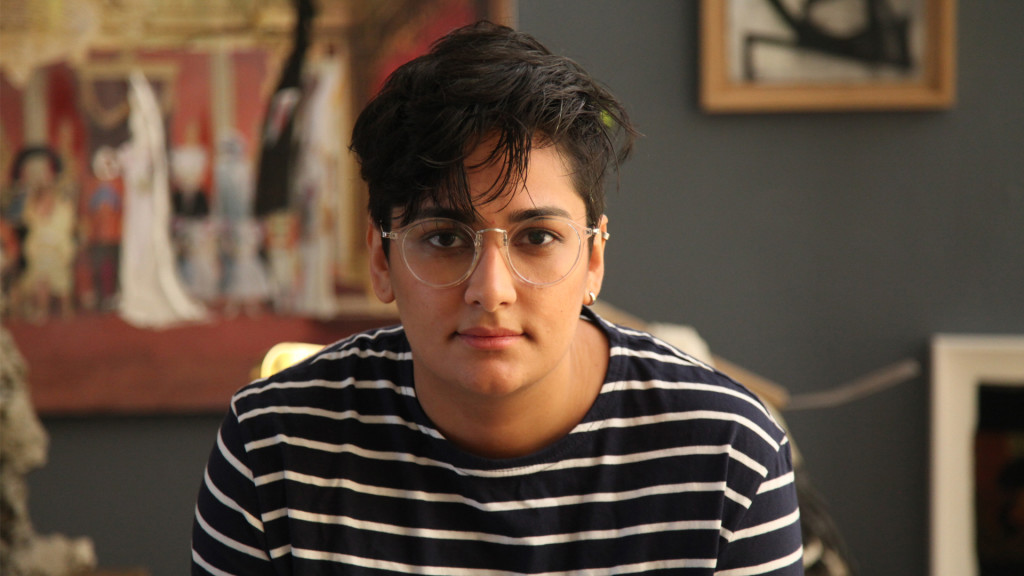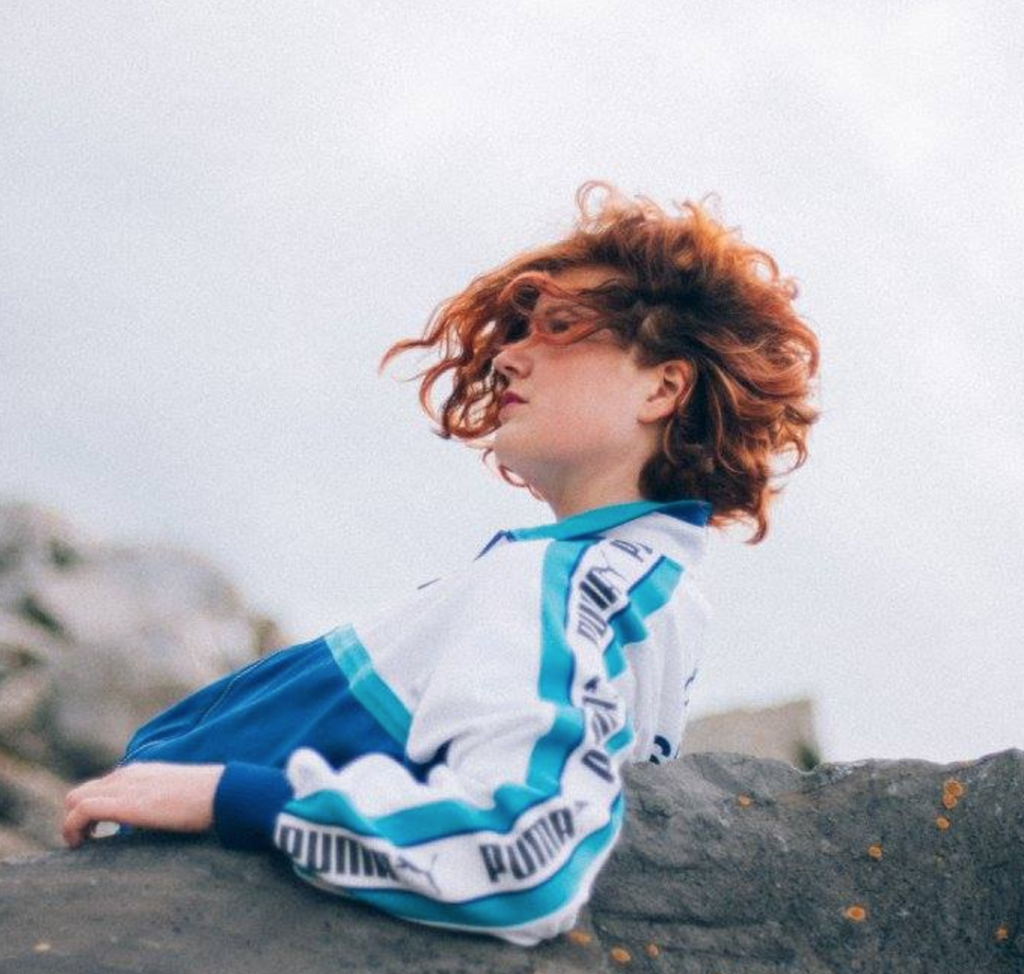As Moogfest runs an international, 50-hour livestream of women and transgender artists, here are those voices talking about music, technology, and inspiration.
We’ll update this piece as we hear from more artists, so keep reloading in the next couple of days for more. (At top: Ana Paula Santana.)
See also our full writeup of this project and the first wave lineup announcement from the festival. All images courtesy Moogfest and the artists.

Ana Paula Santana (Guadalajara, Mexico)
1. What was your first access to electronic music technology? Where did you go to learn more about it – and did you find any obstacles to doing so?
I started to do experimental sound compositions when I was working for a Mexican radio as an editor. In the beginning I was doing soundscape with some electronic instruments in Ableton Live, and then I integrated different keyboards and voice. After a wile doing this I went to Barcelona to study a master degree in sound art, and there I met electronic musicians with whom I collaborated. From this last experience I learned many tricks and techniques to create with.
2. What is your choice of instrumentation for the stream, and where in it do you draw inspiration?
I’m going to play with a Microkorg synthesizer, four contact microphones and one midi interface. I also do atmospheres with my voice and I use the feedback in the space as a frequency generator to play with in the midi keyboard.
I’m inspired by constant machine sounds, the sound of the city and the speed in contrast with natural and random soundscapes. I’m also inspired by love stories; ’cause what I do I think it has a lot of melancholy in it.
3. What does it mean to participate in this stream for you?
I’m very happy, it’s a great opportunity to share my work and I love the idea of it being a festival to celebrate the creation of female sound; also I feel very honored to share my work together with artist who I admire.
FARI B (London, UK)
1. What was your first access to electronic music technology? Where did you go to learn more about it – and did you find any obstacles to doing so?
Through sewing and knitting I learned algorythmic thinking, and I studied acoustic music and later journalism which taught my how to edit sound. But at 12 I had a ZX Spectrum…! I used to load the games with a cassette player…
Obstacles were there was no culture among my friends to learn this stuff, or my schools or colleges, I had to find my interest group by volunteering at an arts music radio station called Resonance 104.4FM in 2004 as an engineer.
2. What is your choice of instrumentation for the stream, and where in it do you draw inspiration?
A whole load of found objects and hand made instruments and keyboard…inspiration comes from the many journeys and performances Ive done around the world, from Novi Sad to Isle of Wight.
3. What does it mean to participate in this stream for you?
That something’s shifting in interest and perception, about whose voices we are listening to. Mainstream can’t cater for everyone! Humanity is starting to reflect itself back at itself in media properly, at last.

Maia Koenig (Buenos Aires, Argentina)
1. What was your first access to electronic music technology? Where did you go to learn more about it? Did you find any obstacle to doing it?
In 2008 I started playing in Mielcitas Trash Me where I played bass, I did not have money and I needed a distortion pedal, I found a friend who helped me build it, from there I relate to electronics in a very intuitive way. It’s a little complicated at the beginning, but after you let go, encouraging a new project “D.I.Y” is always an enriching challenge.
2. What is your choice of instrumentation for the broadcast and where is it inspired?
In the last few years I have been playing mostly Gameboy with the LSDJ tracker, I also incorporate a casio pt80 keyboard, a cacophonator (DIY), and something else that comes up in the moment, I like to improvise with the environment and energy that instant in the only one that I live, the present.
3. What does it mean to participate in this current for you?
The electric current, the action / reaction, an impulse, an expansive flare, the electromagnetic network that unites us in a sometimes very destructive world, where music and other arts are part of a transmutation, that’s why noise is necessary as a protest aware that we can change things a little.

Nesa Azabikhah< (Tehran, Iran)
1. What was your first access to electronic music technology? Where did you go to learn more about it? Did you find any obstacle to doing it?
My first access to electronic music would be purchasing a software by the name of “FL Studio“. I started working with the software and getting more familiar and involved with electronic music. Also, before I purchased this software I also started working with CDJ and DJ mixer. In addition, I also started learning from people around me who also played at that time. So I started using FL Studio, Logic, Reason, and now I work with Ableton.
2. What is your choice of instrumentation for the broadcast and where is it inspired?
What I have chosen for this steam is a one hour dj set from different music genre. I’m using my laptop, cdj and mixer. I’m not using any instruments, because I’m not playing live and I’m only playing a one hour dj set. Because, since I have more than one play I didn’t have the opportunity to prepare a live for this stream and that’s why my only choice was a dj set.
3. What does it mean to participate in this current for you?
Lastly, I have to say I am very excited and mostly honored to be part of the 50 artist for this live stream. I’m also happy to be part of this team. This a new and interesting experience for me. I am also looking forward to see even more growth and accomplishment for the women artists and artist who are part of the transgendered and non-binary community.

Caz9 (Dublin, Ireland)
1. What was your first access to electronic music technology? Where did you go to learn more about it? Did you find any obstacle to doing it?
The first time I sought access to learning about electronic music technology was after I discovered some female artists using Ableton LIve and Push. I started to research it, and found the Ableton website, and videos on youtube etc. The Irish Rights Music Organisation (like PPI) sent me an invite to to a talk and discussion on Ableton and Push with Create Sound, and I started learning at home and got some of their crew to give me a couple of one-one sessions to get started. The biggest obstacle was that I had to pay to learn how to use it, and I didn’t really know where to start in terms of doing my own research online; there’s so much content that it’s difficult for a beginner to find appropriate tutorials.
2. What is your choice of instrumentation for the broadcast and where is it inspired?
I’m using Ableton Live and my Push controller. I only started learning how to use music software about 2 years ago, and in that time I’ve become really comfortable with the software and the controller. My setup for the stream is my laptop, controller, and I have my good buddies Stephen Byrne and Danni Nolan accompanying me with live guitar and drums. Ableton is has been instrumental in drawing inspiration for my EP ‘Phase II’ and the rest of the set I’ve put together especially for ‘Always On’ – I’ll debuting six new songs during my stream. Being able to create any sound that I hear in my head and then arrange it so I can trigger loops and play electronic instruments in conjunction with live ones is the dream.
3. What does it mean to participate in this current for you?
It’s such an honour and special full circle moment for me to be involved in this stream. Before I discovered Ableton I had taken a massive step back from music and hadn’t written or performed in years. As a young woman in the irish music industry, I had gone years without meeting a female producer, engineer, or DJ and it never seemed like something I was allowed to participate in. So it makes me feel so lucky that I am now a part of such a wonderful community and project, celebrating female, female-identified, trans and non-binary sonic artists in such a fun and inventive way. Bring on the stream!